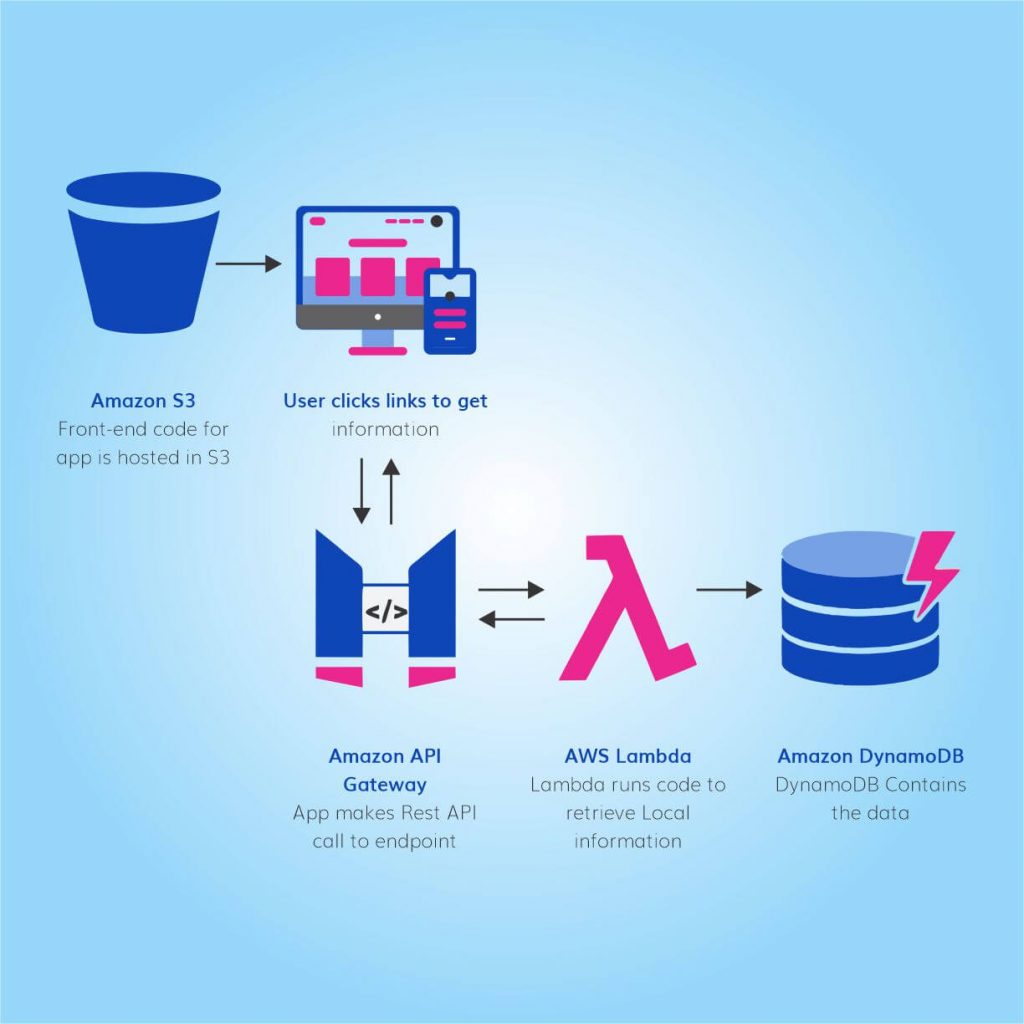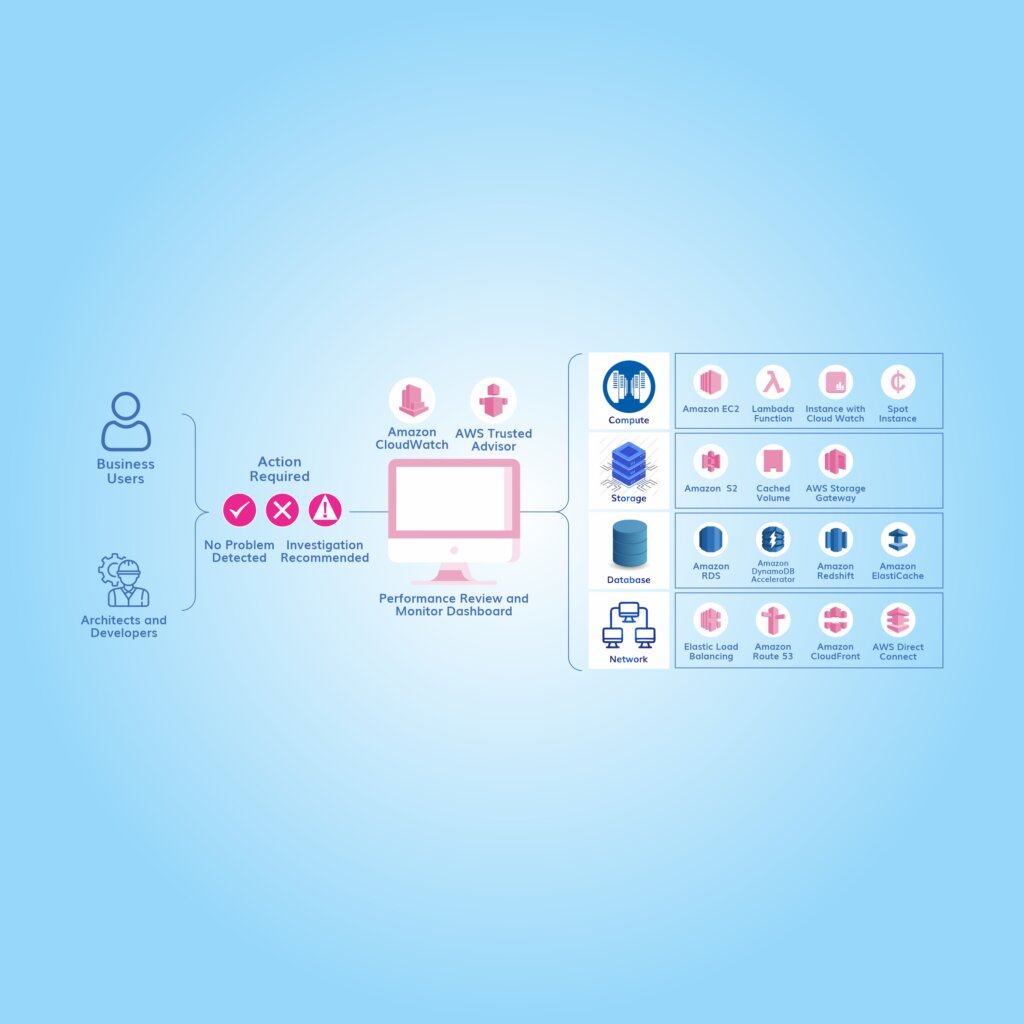Step by Step Guide to Successful ERP Implementation
Step by Step Guide to Successful ERP Implementation
Successful ERP Implementation is a massive undertaking in synchronizing your business operations to boost your business’s overall growth. Dividing this implementation into phases with clear objectives can undoubtedly maximize your success. If it’s not done correctly, without following the right ERP Implementation steps and leveraging the expertise of skilled veterans, then globally renowned businesses have also experienced the consequences.
- Hershey’s experienced a 12% drop in sales 19% drop in profit and lost its market integrity by not following the ERP implementation guide.
- Nike also experienced a myriad of class-action lawsuits, 100$ M of loss, and a 20% drop in all stocks with incorrect enterprise resource planning system failure.
In this guide, we’re going to cover the most important ERP implementation steps to ensure successful ERP implementation as painless as possible.
Why Implement an ERP System?
The deployment of Enterprise Resource Planning systems can streamline your operations, improve customer engagement, and revolutionize the business overall.
ERP can help you with significant cost savings, improve the cash flow, perfect the business reporting, tighten the enterprise security, automate business processes, handle supply chain tasks smoothly, and more. However, this task is not something random.
You first need to plan everything well and then implement the ERP system strategically.
In this definitive guide, we will tell you how to implement it well.
Things to Do Prior Successful ERP Implementation
Challenges for every business are different, and so are their solutions. So, first of all, you must know what you actually need and what you are trying to achieve through it. List down all needs and see which all third-party integrations you will need in the process.
Thereafter, your business must think of a budget and timeline for the implementation process.
Though you should set realistic timelines and monetary limits, be prepared for extension in both. Having extra time and money in hand will ensure that added needs won’t cause the failure of your project.
Data migration and security implementation planning must be done well in advance too.
In the end, be prepared for the challenges and try to solve them calmly. Set benchmarks for your overall process to see if everything is going in the right direction or not.
Needless to say, it is essential to involve ERP implementation experts for Implementation of ERP.
ERP Implementation Steps
-
Research and Team Finalization
As a business owner or someone handling the ERP implementation in your enterprises, you cannot be the jack of all trades. So, I built a good team that could handle the deployment from beginning to end.
Project manager, executive, development experts, Quality Assurance specialists, testing professionals, and analysts are a few user roles that are essential for your process. Also, make sure that your team is capable of documenting the process throughout too.
Once the team is finalized, brainstorm about your requirements and consult the team about what kind of system will be suitable for your needs. If you are upgrading your existing ERP, mark the areas of improvement and up-gradation aids.
Think about the existing bottlenecks for your organization and future challenges that your business might face in terms of operating. Keeping it all in mind will help you think of a future-proof ERP implementation from the very beginning.
-
Discovery
Your selected ERP service provider and your own team need to examine the existing implementations to understand the level of efforts needed in migrating data and processes. That will be done at this step.
Share your purpose of ERP implementation, your vision, timeline, and other essential details so that they could sketch out the budget and project plan.
-
Project Strategizing and Budgeting
The investment in the ERP software implementation process can vary. In fact, your budget plays an important role in the determination of the extent of customization. For example, enterprises with a very high budget would want to move ahead with a custom solution, while a low budget will make the businesses choose the ‘ERP plus customization’ path.
Therefore, project planning, process finalization, and budgeting should move ahead together during the ERP deployment process.
Not to forget, after the discovery procedure, this step requires a deeper analysis of requirements. The final strategy should have the blueprint of the overall process till the post-deployment needs. It should not exclude employee training planning.
-
ERP System Building
As per the plan prepared at the previous step, this step will be all about ERP system development for your enterprise. Whether a modular, off-the-shelf solution of a custom system, an ERP requires to be prepared for implementation.
Your ERP solution provider will handle it as per the planning and discussion that happened in the previous steps.
-
Customization
As per your industry and business requirements, your off-the-shelf ERP might still need some personalization. For the custom ERP solution, it is probable that you have a few more requests from developers after seeing the system work. That can be handled in the customization step.
-
Preparing for Migration
This step requires you to convert the data and processes in a format that your new/upgraded ERP system could accept and utilize during operation. During the process, make sure to handle operations in a way that data loss is minimal, and try minimizing the efforts being put in.
-
Testing
To deploy a final release that is stable, enterprises must test your ERP system prior to the final deployment. It helps in preventing problems, eliminating bugs, and ensuring a smooth transition.
-
Training
Now that your ERP system will be live and in use soon, it is essential to provide adequate training to your employees. You must:
- Ask as many questions as you want to ask from your ERP solution provider;
- Explain everything to your employees through training sessions regarding using the ERP;
- Encourage people to work on the new system and shun old processes.
-
Successful ERP Implementation Deployment
This step may excite you, as well as make you & your team nervous. System deployment, third-party integrations, data import, and a lot more have to be done at this step. Choose the least busy time for ERP deployment to avoid extra troubles.
-
Maintenance and Support
To keep your system update and future-proof, make sure to routinely maintain it and upgrade its components as needed. You may hire an in-house team or let your ERP service provider do the same through managed services if they could provide them.
Key Takeaway
Whether deploying a whole new ERP system or updating your ERP, the success at doing it will improve your productivity. ERP will simplify operations for your employees and will make your day-to-day processes hassle-free. To reduce the post-implementation risks and leverage its full potential, businesses must pay special attention to data migration and employee training.
If you are looking for an expert who has years of experience in Successful ERP implementation, then you have landed on the right blogspot. Technosip holds a pool of experts who have in-depth knowledge and extensive experience in custom ERP application development.
Contact Us
We’d Love to Help You
Get in Touch
- Fill out a request form. Please brief your requirements in-detail. The more we know about your amazing idea, the better we will guide and assist you with project time and resources
- We’ll reach out to you on priority to discuss next steps in the meantime please check out our case studies and insights.
- We look forward to collaborating with you to bring your idea to the market sooner than the traditional route.
Related




